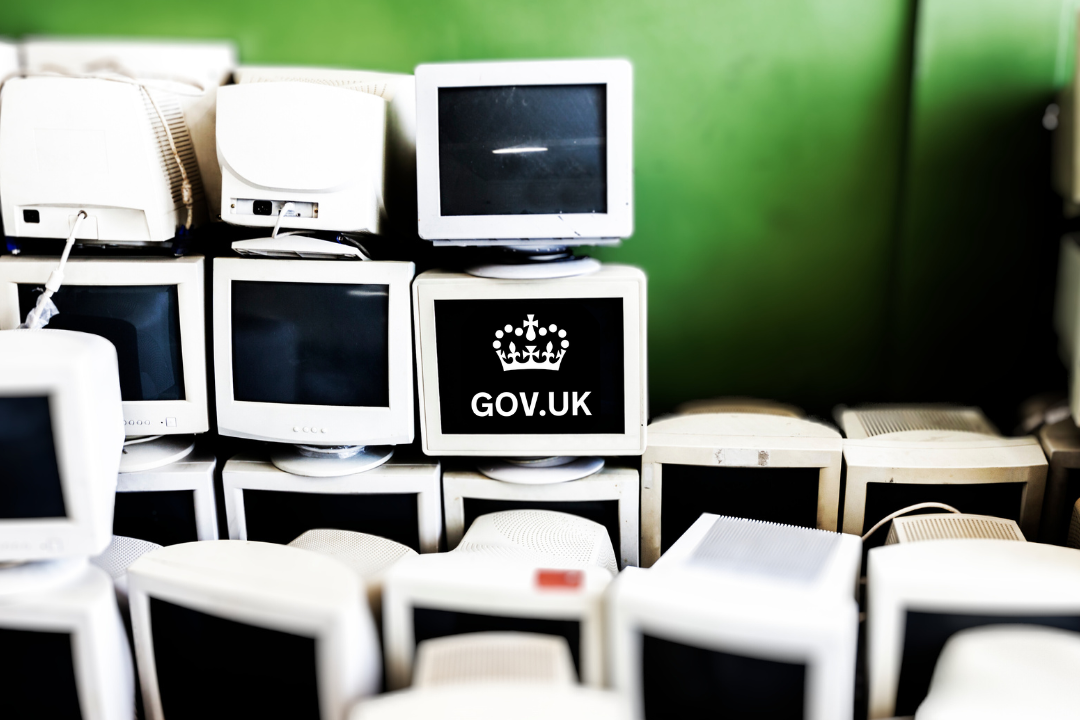The UK Government has announced plans to modernise its public services, addressing the £45 billion in annual productivity losses caused by reliance on outdated technology.
Central to the programme is “Humphrey,” an AI-powered toolkit designed to improve efficiency, enhance cyber security, and streamline public sector operations.
Across taxpayer-funded bodies, including the NHS and local councils, nearly half of public services remain inaccessible online. This leaves individuals and public sector workers grappling with inefficiencies like long waiting times, manual processes, and administrative redundancy. HMRC handles approximately 100,000 calls each day, and the DVLA processes around 45,000 letters.
For example, patients with a long-term health condition or disability have to deal with over 40 separate services to access care, repeatedly providing the same information due to a lack of data-sharing between public bodies. The average UK adult citizen spends a week and a half dealing with government bureaucracy every single year.
Where technology is available, much of it is outdated ‘legacy’ technology. It varies by department, but on the whole, it is estimated to comprise 28% of systems in central government departments in 2024. This tech doesn’t just slow down processes, it stops progress. Organisations like the Department for Work and Pensions (DWP) and NHS England reportedly spend up to 85% of their technology budgets on maintaining legacy systems rather than innovating.
These outdated networks also pose considerable cyber security risks.According to a CIO, in a central government department: “Many of them [core networks] are so chronically obsolescent that they cannot satisfy basic cyber [security] or functionality requirements.”
In 2024, the National Cyber Security Centre (NCSC) responded to 50% more nationally significant incidents than the previous year, with a threefold increase in incident severity. In the private sector, cyber remains a critical priority, with 50% of businesses reporting breaches over the past year.
Technology Secretary Peter Kyle said: “Sluggish technology has hampered our public services for too long, and it’s costing us all a fortune in time and money.
“We will use technology to bear down hard to the nonsensical approach the public sector takes to sharing information and working together to help the people it serves.”
It’s not just technology where the public sector lags behind private IT. Compensation for employees is below the private sector; for example, a typical central government cyber specialist earns 35% less than private sector peers, while civil service CISOs earn on average 40% less than their private sector counterparts.
Who/What Is Humphrey?
Named after the fictional bureaucrat Sir Humphrey Appleby from Yes, Minister, the “Humphrey” AI toolkit will be made available to civil servants to overhaul outdated processes and deliver more efficient public services.
Key tools within Humphrey include:
- Consult: Analyses thousands of consultation responses in hours and presents findings via interactive dashboards, reducing reliance on expensive consultants.
- Parlex: Enables policymakers to search decades of parliamentary debates to aid in drafting legislation and managing bills.
- Minute: Offers secure AI-powered transcription and customisable meeting summaries, already in use by several government departments.
- Redbox: A generative AI tool assisting civil servants with tasks like policy summarisation and briefing preparation.
- Lex: Provides analysis and summaries of laws to support officials in navigating complex legal issues.
In addition to Humphrey, the new plans for a digital government also announced a review of pay and reward structures for digital professionals, to make roles in the public sector more competitive with those in the private sector. Attracting top-tier talent is essential for delivering on the ambitious digital transformation the government are planning.
Recognising the ethical concerns surrounding AI, the government is also creating a Responsible AI Advisory Panel. This panel will include representatives from frontline public sector roles, industry leaders, and civil society organisations, ensuring a diverse range of perspectives. Its primary focus will be to provide safeguards and assurance for the use of AI in public services, fostering transparency and accountability. The panel will play a critical role in addressing public concerns about the ethical implications of AI-driven decision-making while ensuring that technology is deployed responsibly.




